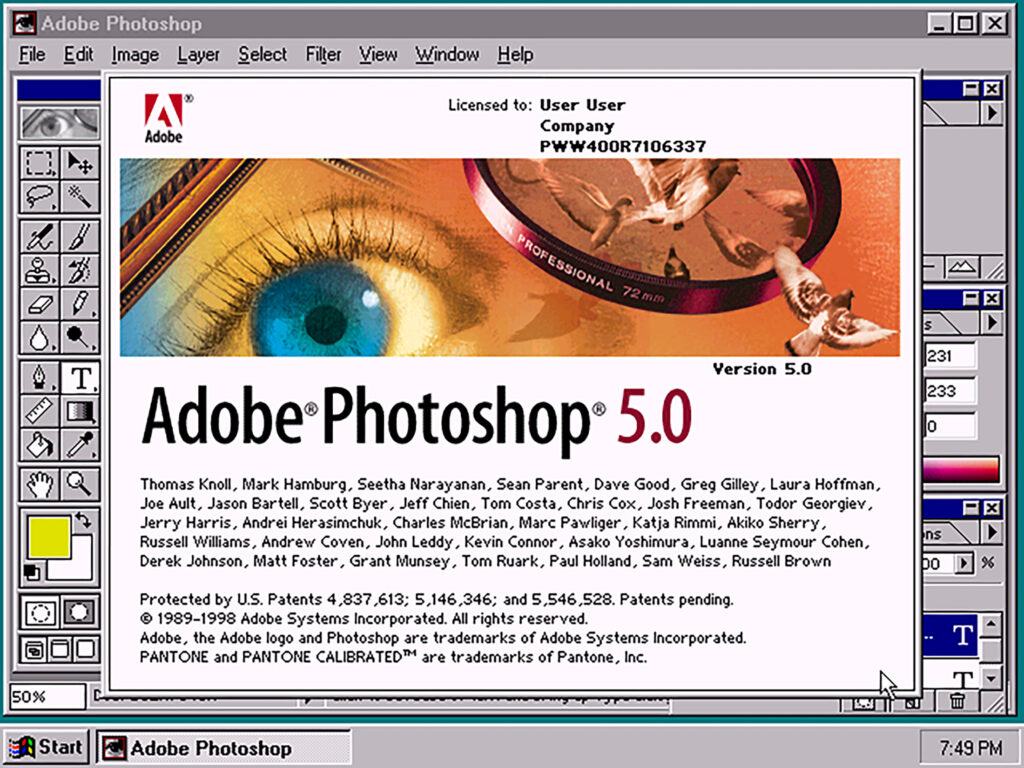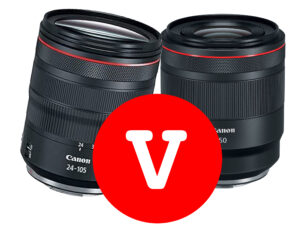Lets talk about the Leica S1, a forgotten gem in digital camera history. Leica is a brand synonymous with the iconic 35mm handheld photography, has been a trailblazer in the photography world. Yet, amidst critiques of lagging in the digital realm, many overlook a pivotal chapter in Leica’s legacy: the introduction of the Leica S1 in 1996. This innovative leap marked a significant milestone in digital camera history, offering an astounding 26-megapixel resolution when 2 to 3MP cameras were the norm.
The Leica S1: A Technological Marvel in the Mid-90s
The Leica S1 was not just a digital camera; it was a statement. In an era dominated by film photography, with the Leica M6 reigning supreme, the S1’s 26-megapixel resolution was a marvel. This high resolution was achieved using a unique scanning back technology, different from the instantaneous capture methods we know today. The S1 meticulously scanned images line by line, albeit with a longer exposure time of 185 seconds, making it ideal for stationary objects.
In view of this, it is all the more amazing that the Leica S1 offered a resolution of 26 megapixels, something that even by today’s standards is quite high. In fact, it is very impressive.

I first learned about the Leica S1 when I visited Leitz-Park at Wetzlar in June 2023. It intrigued me and I wanted to research and find out more. The S1 was in 1996 a camera that could (and working examples still can) produce images that would hold their own against cameras coming out still today.
Was the Leica S1 a Camera or a Scanner?
You could not use the Leica S1 as a handheld camera, not unless you and your subject could stay perfectly still for 185 seconds. It’s purpose was for high resolution photographs of documents, works of art, artifacts, or scientific purposes.

The S1 represented a sophisticated imaging device, primarily targeted at museums, archives, and scientific institutions. It functioned as a scanner camera, capturing images in a line-by-line sequence. This device meticulously recorded each pixel in red, green, and blue, avoiding any reliance on Bayer matrix interpolation. However, its major limitation was the time required for capturing an image, which was approximately 185 seconds per exposure. Additionally, the image files were not saved within the camera itself. Instead, they were directly transferred to a connected computer via an optical cable and a PCI card. Due to this setup, the camera was not suitable for handheld use in natural light or with flash photography. It was specifically designed for fixed studio settings, utilizing steady light sources.
Design and Compatibility: The Leica S1’s Versatility
Leica’s S1 boasted a design compatible with a vast array of lenses. While tailored for the Leica R-series lenses, it accommodated Nikon, Contax, Canon FD, and Minolta lenses, along with medium-format optics from Hasselblad and Pentax 6×7. It even supported large-format lenses from Rodenstock & Schneider through a Novoflex adapter and had a tilt-shift adapter for Hasselblad lenses.

This versatility, combined with its ability to couple with view cameras, significantly expanded its utility in professional photography.
Technical Specifications: Setting New Standards
The Leica S1 set a high bar with its technical prowess. With an ISO setting of 50, a D-max of about 3.3, and an 11-stop dynamic range, it could produce exceptionally sharp 17×17 inch prints at 300 dpi without image interpolation. This performance, paired with a comprehensive package including a 55mm IRa filter, LaserSoft High Software, a PCI card, and extensive system compatibility, made it a coveted tool for professionals, albeit at a hefty price tag of $21,500.

System Requirements needed for the computer at the time?
S1 ran off of PowerMacs (7.55 or higher), or Pentium PCs (Windows 95 or higher) with a minimum of 256MB of RAM, a hard drive of at least 1GB, and Photoshop 3.05 or higher.

Leica’s Digital Legacy and the S1’s Influence
The S1 didn’t just represent a technological leap; it was a testament to Leica’s commitment to meeting market demands with precision and quality. Although not a commercial success, primarily finding its place in museums and research institutions, the S1 paved the way for future innovations like the Leica S2 in 2008. It highlighted the potential of scanning backs in achieving optimum resolution and color fidelity, a technology still relevant in high-end digital photography, as seen in Leica’s acquisition of Sinar of Switzerland and their Sinarback eXact.
The Leica S1: A Design and Marketing Milestone
The Leica S1 shows how Leica stays focussed on the most important aspect the market they are trying to provide a solution for wants, and does it well, and always had in its history.

Unveiled as a prototype at Photokina 1996, the S1’s design, by Burkard Kiesel, became a talking point, especially with its unique oval hoop for a steady grip. This design ingenuity extended to marketing, with Leica distributing collectible DIY-posters at the fair, now rare memorabilia. Despite its limited production and sales, the S1 is a revered milestone in digital photography, with Leica even releasing four versions by 1998.
Today, the Leica S1 is more than a camera; it’s a symbol of innovation and a reminder of Leica’s enduring impact on digital photography. From the S1 to the Sinar eXact back and beyond, Leica continues to offer a wide array of digital cameras and accessories, catering to the diverse needs of professional photographers.
Specifications
Ok Photographic Nerds, here’s the specs for each release of the S1.
S1 (1996, 1997)
- MSRP: $21,500
- Resolution: 5140 x 5140, 42/48 bit
- Sensor speed (ISO): 200 − 600
- Dynamic range: 2000 : 1, 11 stops
- Scanning time: 185 seconds
S1 Alpha (1998)
- MSRP: $9,500
- Resolution: 2570 x 2570, 42/48 bit
- Sensor speed (ISO): 400 − 1200
- Dynamic range: 2000 : 1, Dmax 3.3, 11 stops
- Scanning time: 75 seconds
S1 Pro (1998)
- MSRP: $15,800
- Resolution: 5140 x 5140, 42/48 bit
- Sensor speed (ISO): 200 − 600
- Dynamic range: 2000 : 1, Dmax 3.3, 11 stops
- Scanning time: 185 seconds
S1 High Speed (September 1998)
- MSRP: $21,200
- Resolution: 4000 x 4000, 42/48 bit
- Sensor speed (ISO): 200 − 400
- Dynamic range: 1000 : 1; Dmax 3.0, 10 stops
- Scanning time: 18-20 seconds
The Leica S1’s story is not just about a camera; it’s about vision, innovation, and Leica’s enduring legacy in shaping the digital photography landscape. By pushing the boundaries in the mid-90s, Leica not only contributed a remarkable piece of technology but also set the stage for the future of high-resolution digital imaging.








































































One Response
Hi, I’ve read your article on the Leica S1, thanks! I happen to own an S1 Hispeed, but I’m missing the PCI card. It looks like an SCSI adapter, but doesn’t seem to work with a standard one.
Do you happen to have more information on the device? I contacted Leica but they were not helpful.
Sincerely yours,
Fabien